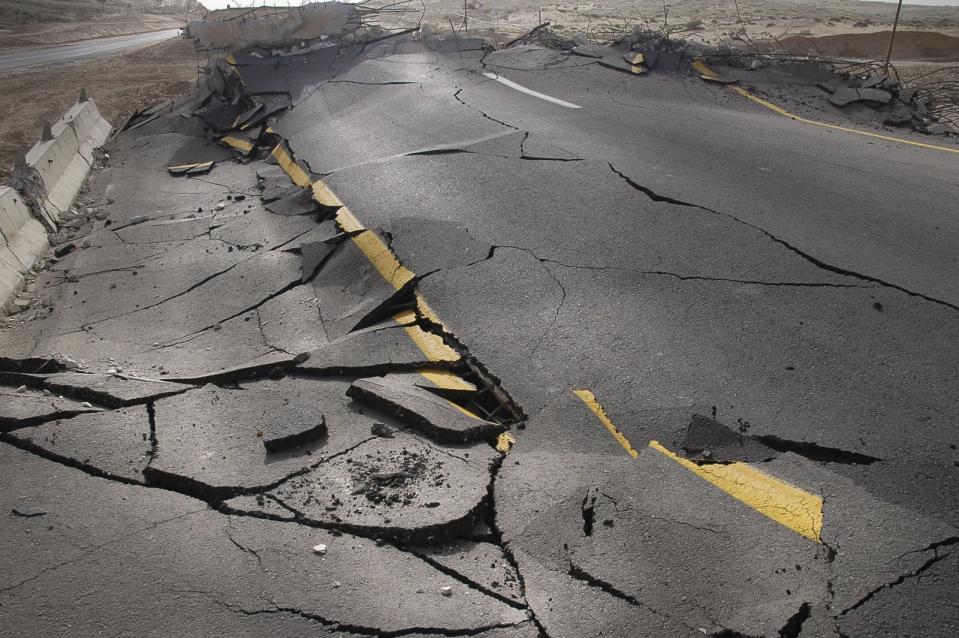Google and Harvard use AI to predict earthquake aftershocks
It's more accurate than previous methods, but isn't ready for primetime.
Scientists from Harvard and Google have devised a method to predict where earthquake aftershocks may occur, using a trained neural network. The researchers fed the network with historical seismological data, some 131,000 mainshock-aftershock pairs all told, and more accurately predicted where "more than 30,000 mainshock-aftershock pairs" from an independent dataset occurred, more accurately than previous ways like the Coulomb forecast method. That's because the AI method takes multiple aspects of stress shifts into account versus Coulomb's singular approach.
This model isn't ready for primetime yet, though. The scientists note that their study only counts one type of aftershock triggering when making predictions (static stress changes), rather than accounting for static and dynamic stress changes. "The combination of static and dynamic stress changes leads to a spatial distribution of aftershocks that differs from the pattern caused by static stress changes alone," Nature writes.
Then there's the fact that the models don't take complex faults into account when making predictions. The science journal explains this shortcoming as such: "This could explain why the authors see no evidence of a lack of aftershocks near faults -- caused by an overall decrease in stress -- despite the fact that this feature is readily apparent in situations in which data and circumstances allow it to be clearly observed."
It's a promising start. And given the very nature of how neural networks function, this will only get better with more testing and additional time.



